"One cannot think well, love well, sleep well, if one has not dined well."
-Virginia Woolf
In today's society, food is everywhere you turn. From driving down the highway to walking down the street, billboards and posters captivate audiences with just one glance. Food is deeply integrated into all cultures, and it's often the poorest countries that take the most pride in their meals. If the worlds poor could showcase their cuisine masterpieces for the world to see, my guess is that they would look a little something like this:
Democratic Republic of the Congo
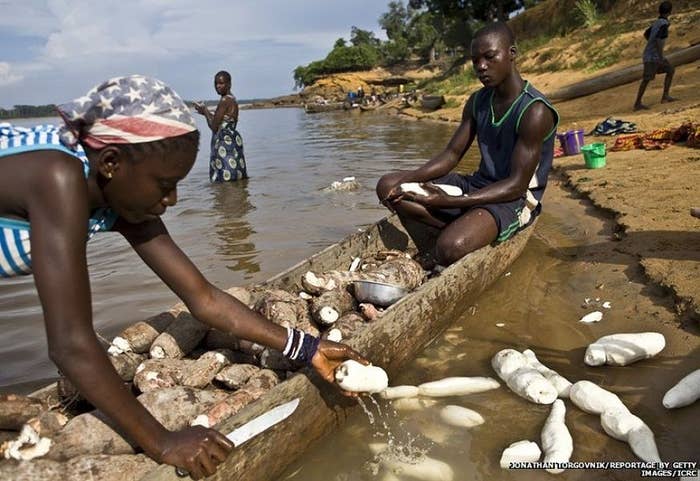
Cassava (above) is the staple food, though Arabic, French and Asian influences can also be tasted in Congolese cuisine. It's common to grill or boil insects such as caterpillar, crickets and grasshoppers while bananas and local vegetables are common.
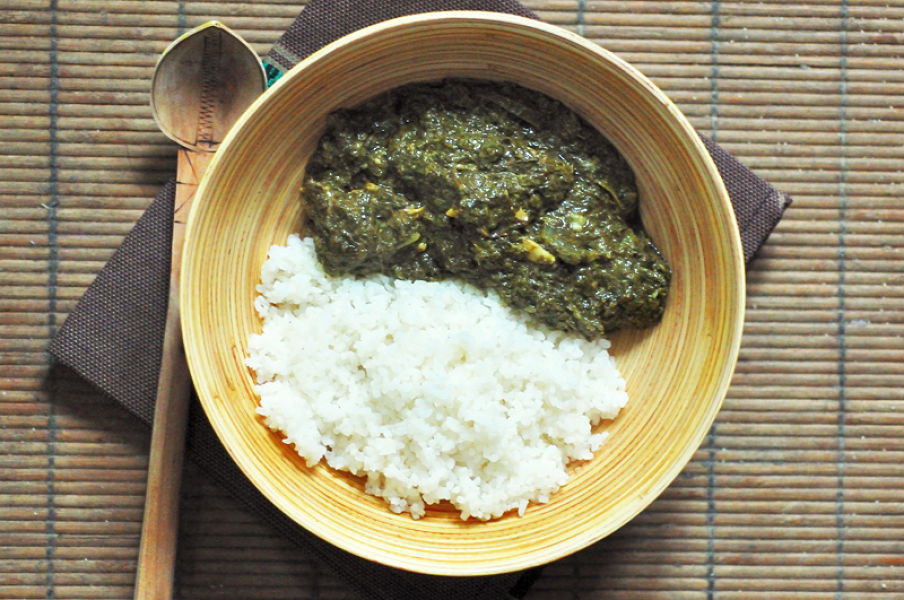
A simple dish, called Saka Saka is made from cassava leaves cooked with palm oil and peanut sauce.
Zimbabwe
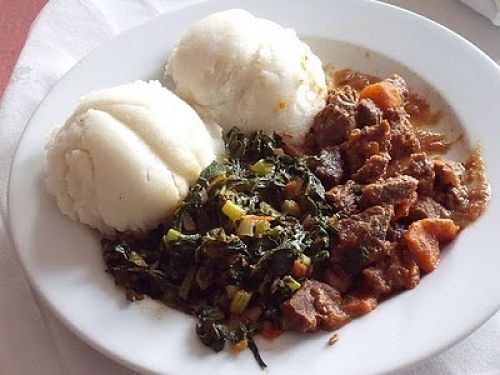
This national dish, called Sadza, is based on cornmeal and generally served with a vegetable stew. Meats such as beef, springbok, kudu and goat are consumed regularly by those who can afford it as well, making this a typical dinner top course.
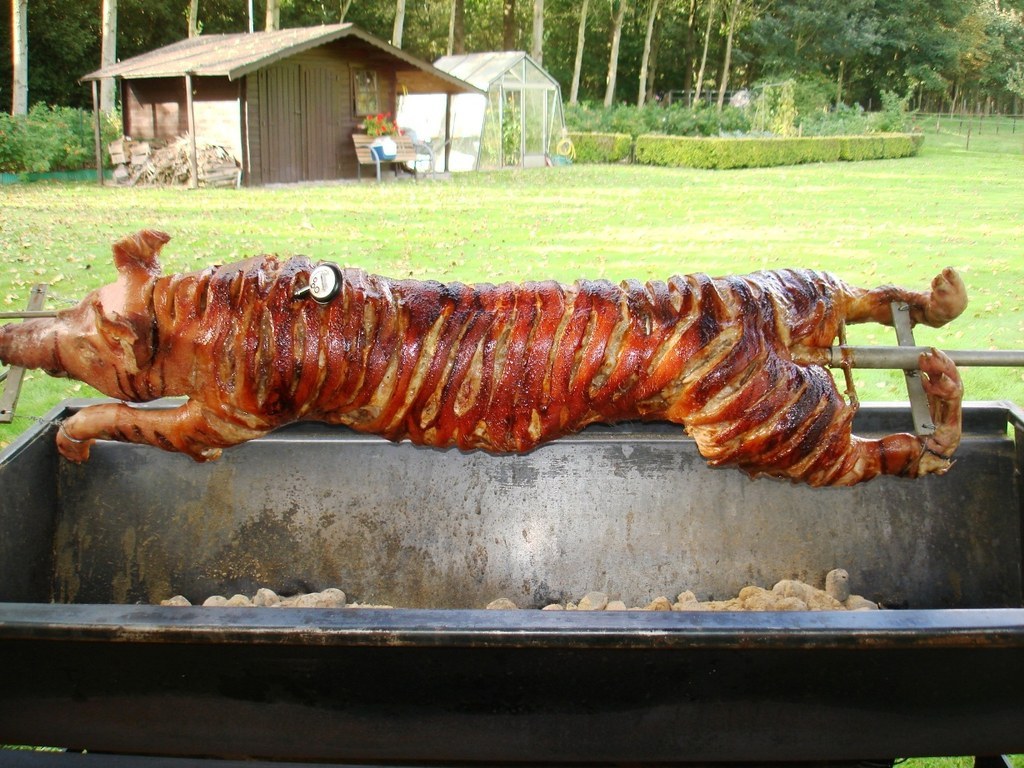
The majority of Zimbabweans are Christian, so Christmas is widely celebrated. Often an animal is roasted on a spit for hours to be shared by the entire village.
Liberia


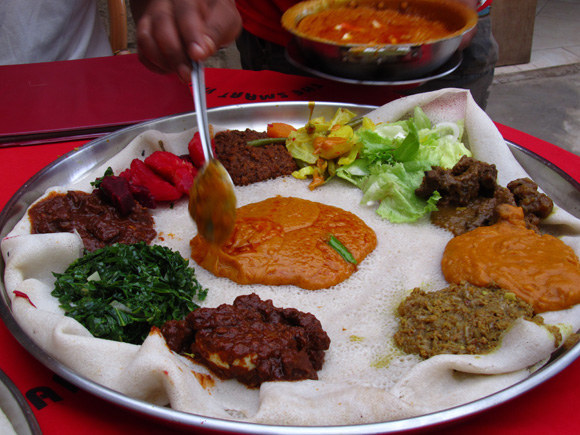
Central African Republic

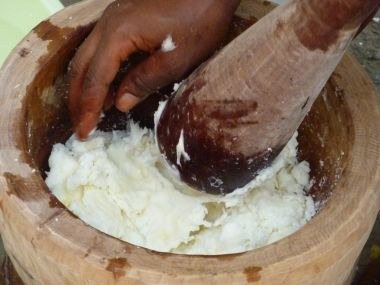

Malawi
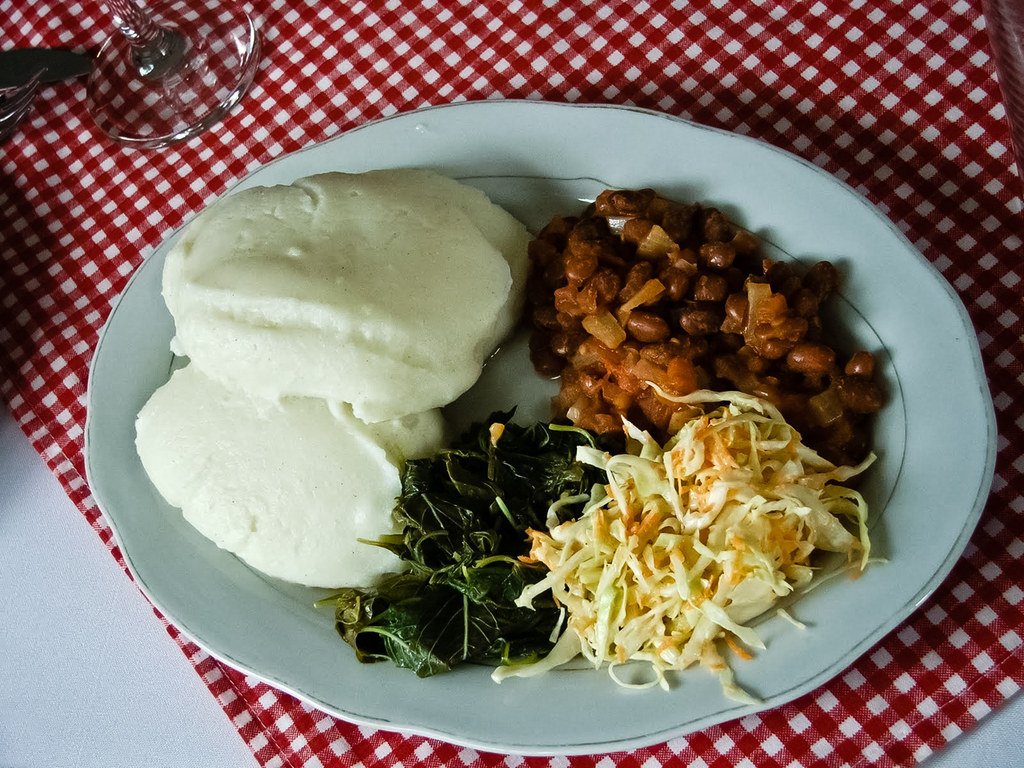
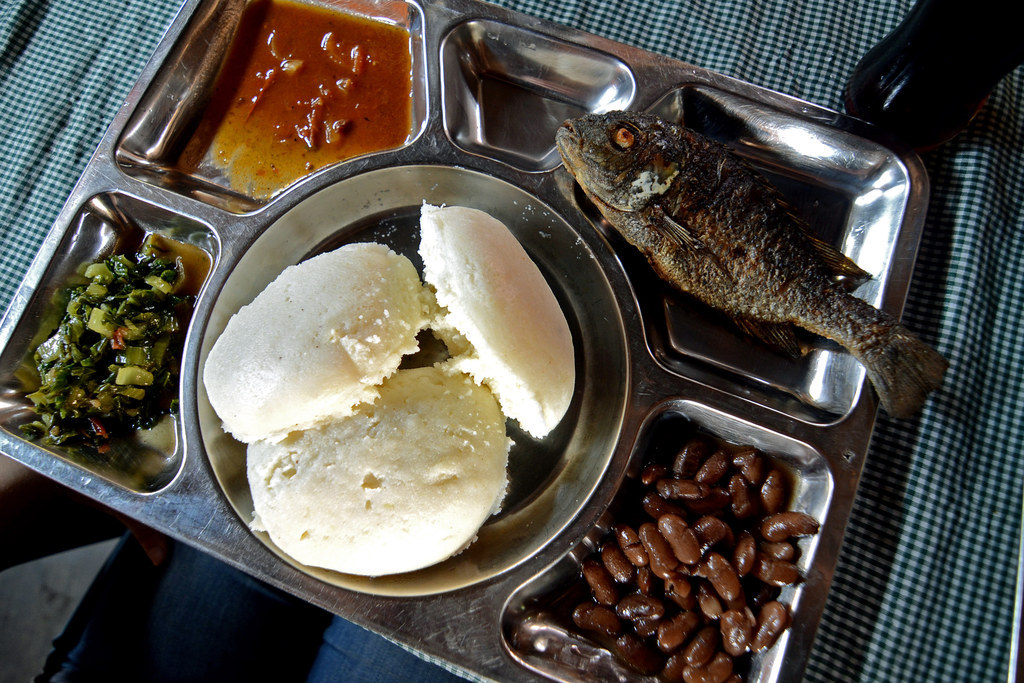
Madagascar
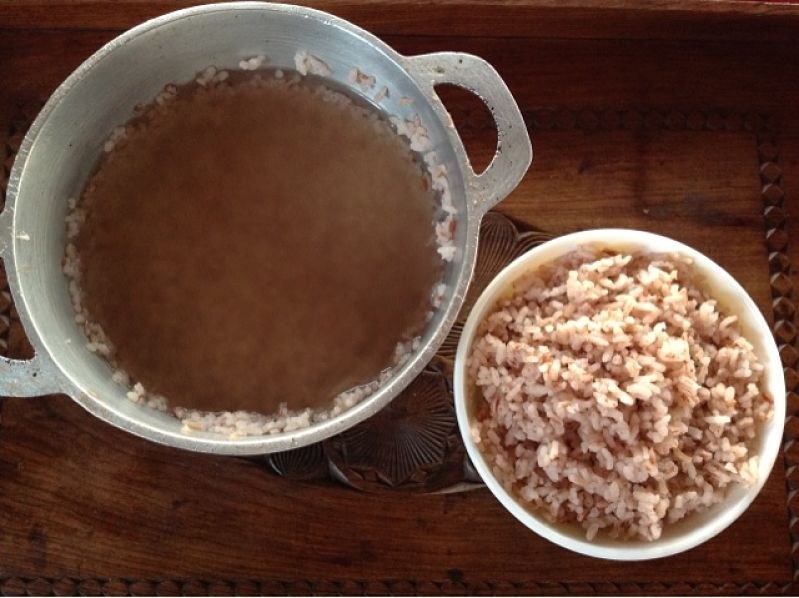
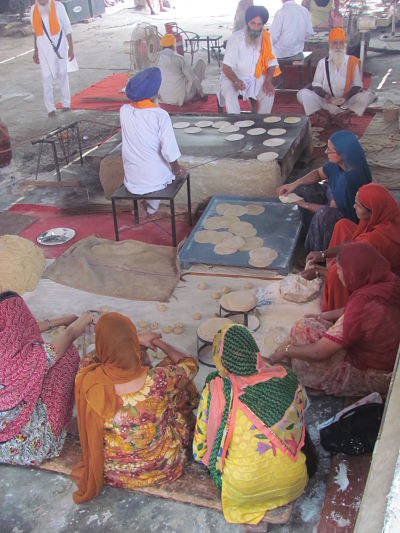
Afghanistan


Perhaps the most popular dish in Afghanistan is qabli pulao, a streamed rice dish topped with raisins, carrots and some kind of meat. Kababs are also a local favorite, ranging from lamb, ribs or chicken and served with a side of naan.


In many of the world's poorest countries, there is only one meal a day. Traditionally, the women in a family will start cooking first thing in the morning, and the day's meal is eaten in the early afternoon. Many times food is eaten with the hands out of communal bowls, making clean water a great necessity for public health and hygiene.
Sharing food is a sign of respect and welcome so that guests are often fed at the cost of the family going hungry. Food is important in every nation as it binds us together at the same time that it allows us to demonstrate our heritage and creativity.
Sources: MapsOfWorld, SAARC Tourism, Our Africa, The Borgen Project, Eritrea, Liberian Forum, EveryCulture, FoodByCountry, FoodSpring

